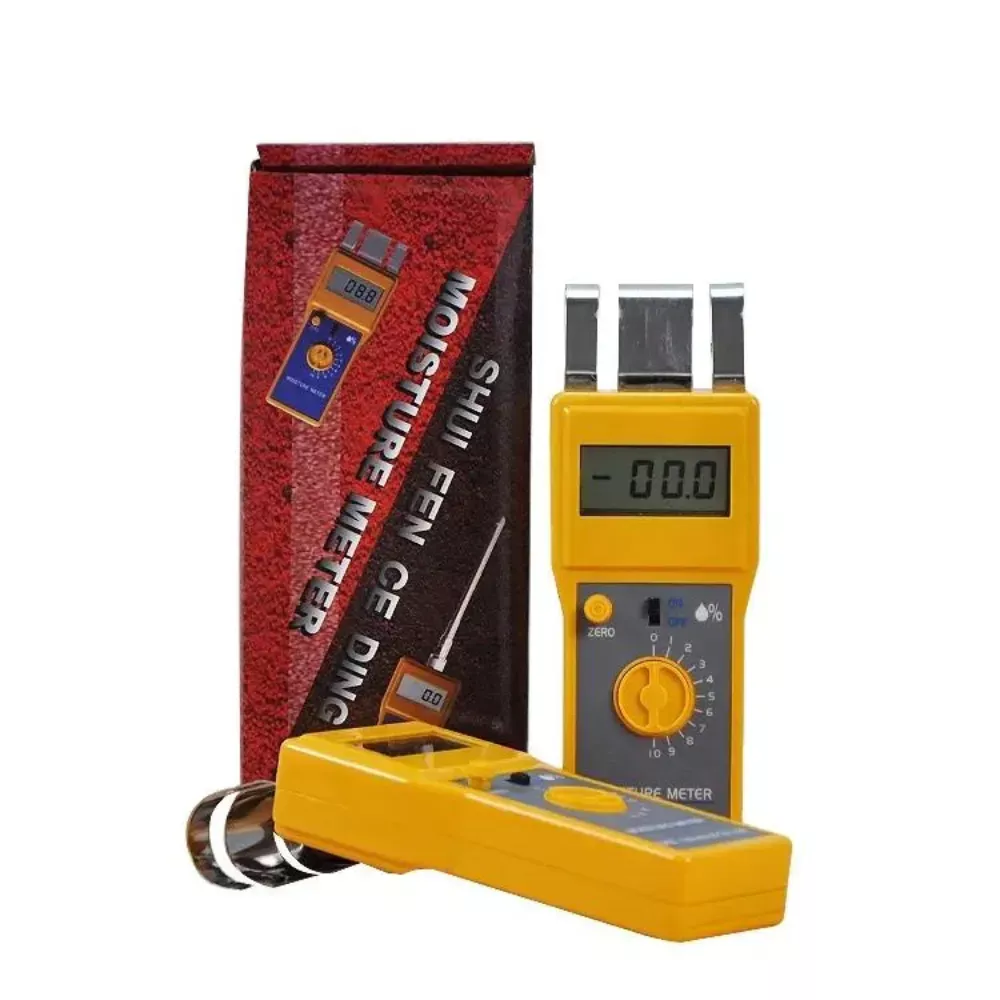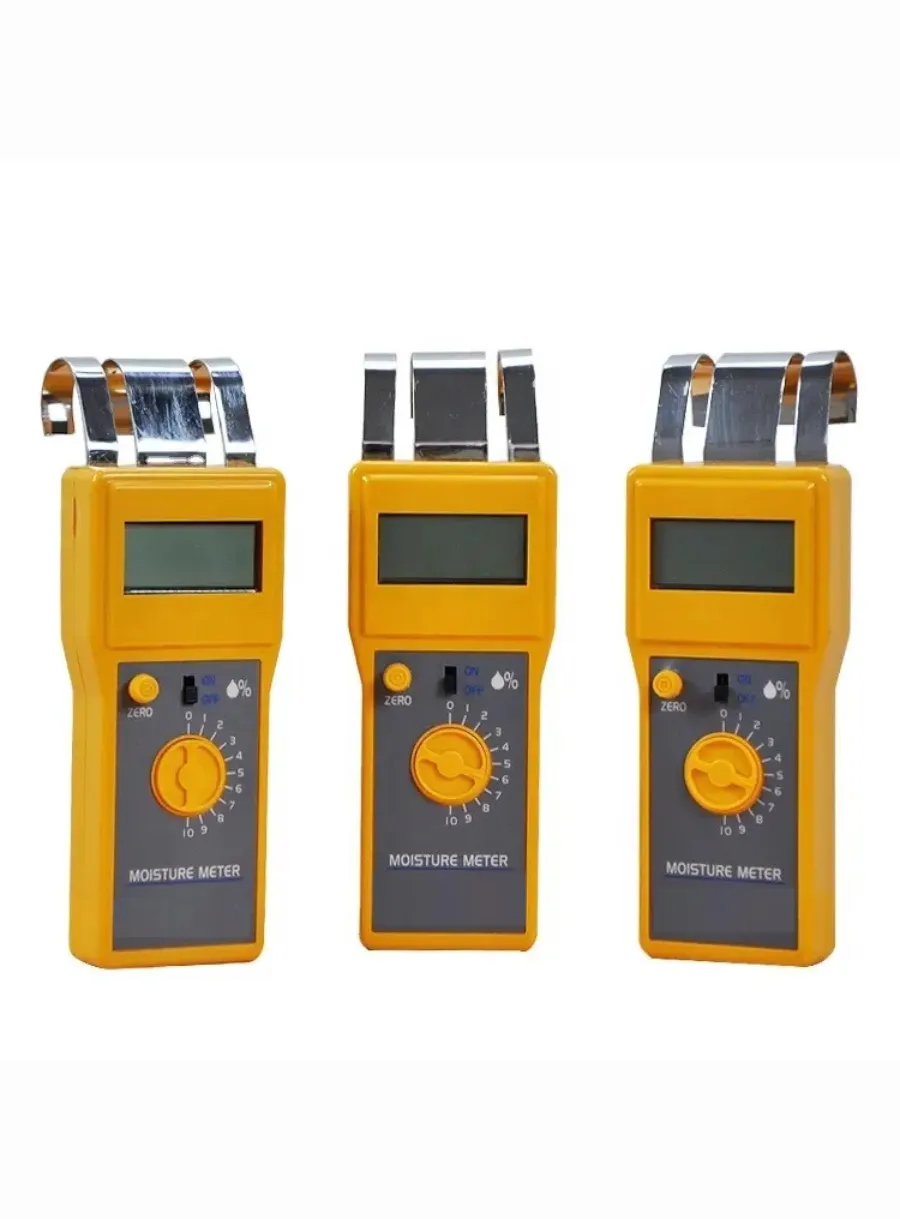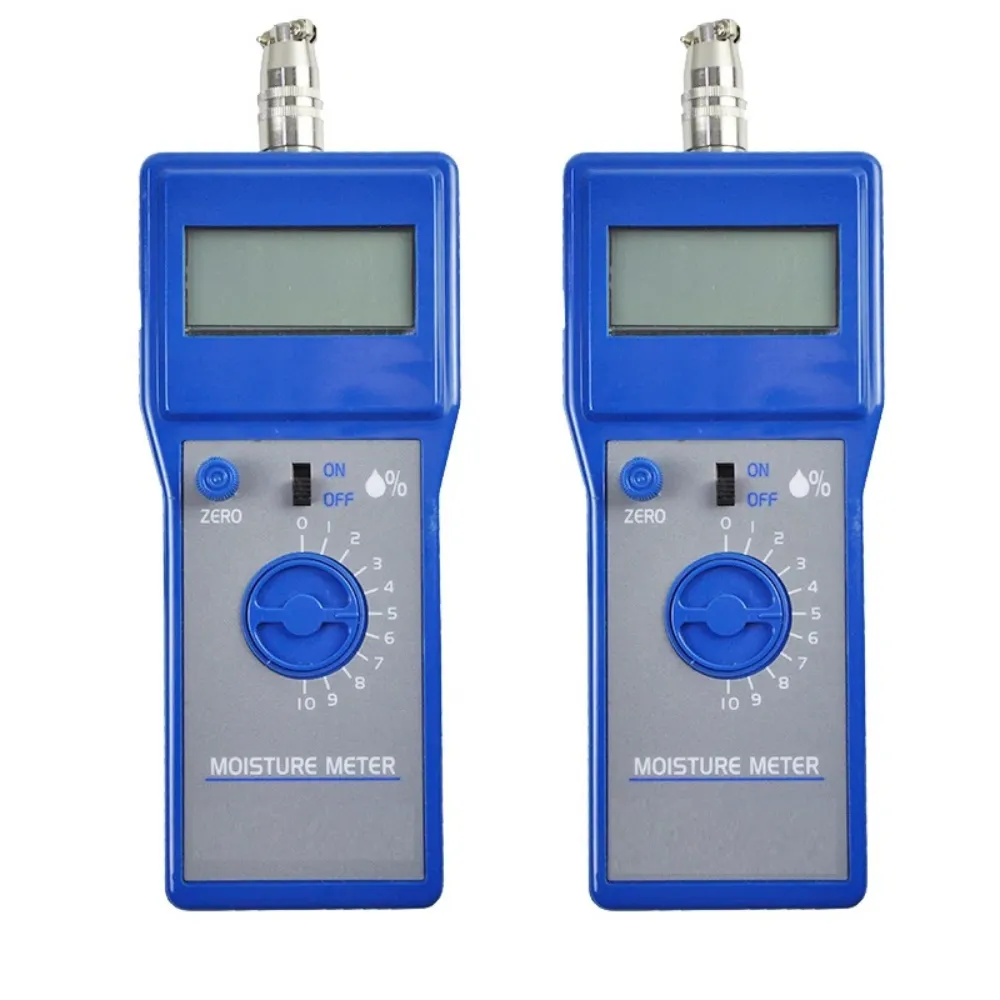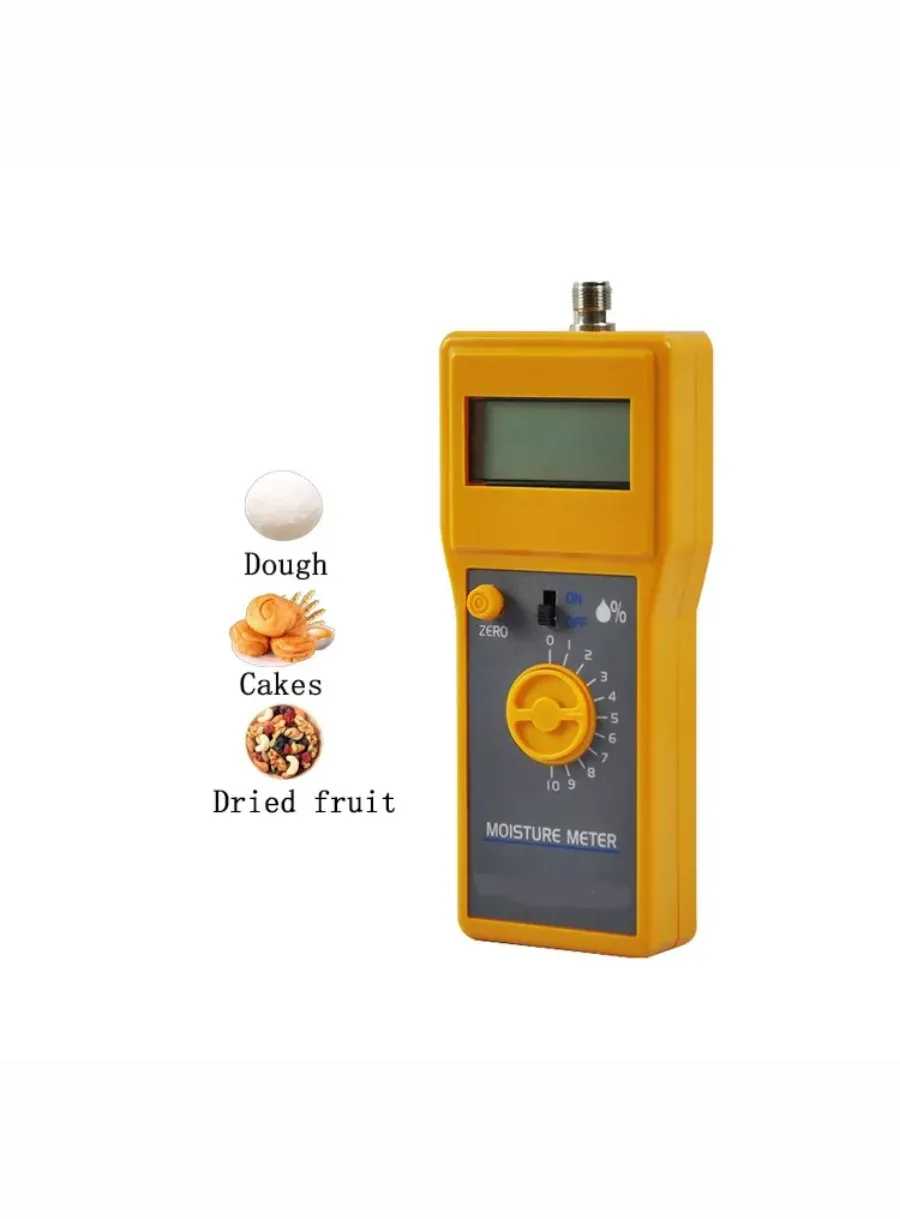
What is Cotton Moisture Meters?
Table of Contents

Cotton Moisture Meters are specialized instruments designed to measure the moisture content in cotton fibers, crucial for maintaining quality and preventing spoilage during storage and processing. These meters play a significant role in the agricultural and textile industries by ensuring that cotton is stored under optimal conditions, which helps to prevent mold and mildew growth that can compromise fiber integrity.
The evolution of cotton moisture measurement technologies reflects broader trends toward standardization and data-driven practices in agricultural commodities, with significant implications for trade and quality control. The development of cotton testing standards, particularly in the United States, has led to the adoption of technologies such as the Standardized Instrument for Testing Cotton (SITC), enabling more objective assessments of cotton quality.

In recent years, research initiatives in Africa have aimed to enhance understanding of cotton quality variability, marking an important step toward establishing comparable standards globally. The integration of advanced technologies, including non-destructive meters and smart sensors, has further refined moisture measurement methods, making them more efficient and user-friendly for producers and processors alike.
Types of Cotton Moisture Meters
Cotton moisture meters can be categorized into various types, including non-destructive, pin, and pinless meters, each employing distinct technologies for moisture measurement. Non-destructive meters, which assess moisture levels without damaging the fibers, have gained popularity for their ability to preserve the integrity of cotton bales, while pin meters offer high accuracy at the risk of compromising fiber quality.
Calibration and Regulatory Compliance
Calibration and adherence to regulatory standards are critical for ensuring accurate moisture readings, which are vital for compliance with industry regulations and quality control practices. Despite their advantages, cotton moisture meters face challenges, including high costs and the need for skilled operation, which may hinder widespread adoption, particularly in developing regions.
Future Trends and Innovations
As the industry progresses, there is a growing emphasis on enhancing calibration practices and developing standardized regulations to ensure consistent and reliable moisture measurement across diverse agricultural contexts. Future trends point toward increased integration of smart technologies, sustainability features, and user-friendly designs that could revolutionize moisture measurement practices in the cotton industry.
Comments
Tags
Frequently Asked Question
Cotton moisture meters are crucial for maintaining fiber quality, preventing spoilage during storage and processing, and ensuring compliance with industry standards.
The main types include non-destructive meters, pin meters, and pinless meters, each offering different advantages in terms of accuracy and fiber preservation.
Global initiatives, particularly in the US and Africa, are working towards establishing comparable standards and adopting technologies like the Standardized Instrument for Testing Cotton (SITC) for more objective quality assessments.
Future trends include increased integration of smart technologies, sustainability features, and user-friendly designs, as well as improved calibration practices and standardized regulations across diverse agricultural contexts.


